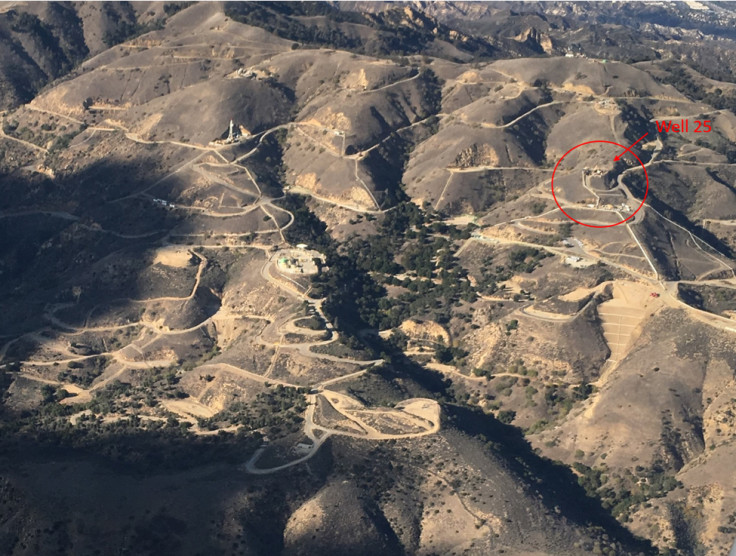Aliso Canyon methane leak: 100,000 tonnes of greenhouse gas released into atmosphere

The LA methane leak that began at the end of 2015 was the biggest in the history of the US, releasing 100,000 tonnes into the atmosphere. Scientist say the impact of the Aliso Canyon natural gas leak over 112 days had the same impact on the climate as the emissions from over half a million cars.
Published in the journal Science, researchers from the University of California, Irvine, and the National Oceanic & Atmospheric Administration, UC Davis, measured exactly how much methane was released following the gas well blowout, which started on 23 October 2015, by collecting airborne and surface measurements at and around the site of the leak.
Their findings showed leak rates of up to 60 metric tonnes of methane and 4.5 metric tonnes of ethane per hour. "At its peak this blowout effectively doubled the CH4 [methane] emission rate of the entire Los Angeles Basin, and in total released 97,100 metric tonnes of methane to the atmosphere," they wrote. This finding made it the biggest methane leak in the history of the US.

Methane is the second most prevalent greenhouse gas emitted in the US as a result of human activities. It is released from raising livestock, use as a fossil fuel and leaks – both natural and from storage facilities like that at Aliso Canyon.
This leak led to the evacuation of 11,000 nearby residents and caused California governor Jerry Brown to declare a state of emergency. Aerial footage shot with a special infrared camera showed huge amounts of methane being pumped out.
UCI atmospheric chemist Donald Blake said: "The methane releases were extraordinarily high, the highest we've seen." The researchers found the leak was, temporarily, the largest known human-caused source of methane in the US – twice as much as the next largest, the Alabama coal mine.
Stephen Conley, one of the lead scientists on the study, said: "It became obvious that there wasn't anything wrong with the instruments. This was just a huge event."
Researchers say the leak will mean California has little chance of meeting its greenhouse gas emission targets for 2016. "The total release from Aliso Canyon will substantially impact the State of California greenhouse gas (GHG) emission targets for the year and is equivalent to the annual energy sector CH4 emissions from medium-sized EU nations...
"This incident highlights the utility of rapid-response airborne chemical sampling method in providing an independent, time-critical, accurate, spatially and temporally resolved leak rate, as well as plume location and plume composition.
"Such information helps document human exposure, formulate optimal well control intervention strategies, quantify the efficacy of deliberate control measures, and assess the climate and air quality impacts of major unanticipated chemical releases to the atmosphere."
© Copyright IBTimes 2025. All rights reserved.






















